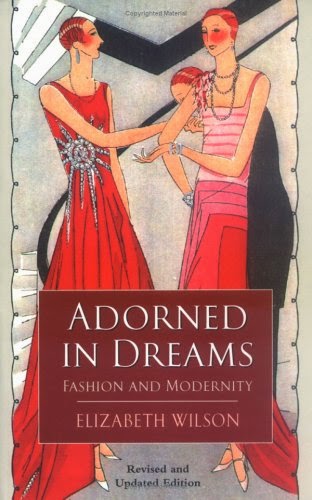The 1920s was all about having a
jolly good time. The end of world war one changed the society dynamics to such
an extent that things never went back to the prewar ways. Women gained the
right to vote and became a part of the American workforce. The changes affected
the fashion too, though men’s fashion did undergo a change, but the variations
were not so drastic. Fashion for women on the other hand saw quite a
fluctuation. They dressed according to their profession and chose clothes that
were comfortable. The early twenties style still had a trace of traditional
clothing, but as the roaring twenties came along people and fashion both became
liberal.
Fashion for men had more or less been
constant. The 1920s did bring a deviation and new styles but not much. During
the twentieth century a man’s hat was his identity, a reflection of owner.
Fedora
hats were probably the most popular ones. The hat has a large flat brim and a
domed, bowler-like crown and it became a part of the daily wear. Homburg,
another well known hat was similar to Fedora, with the variation that the brim
of the hat curls around instead of lying flat. As the Fedora was the hat for
the middle class, the Homburg was preferred by the politicians. PorkPie was also
donned in the 20s; it had a crown with a flat top. In the 20s neckties became a
part of the routine outfit and the bows were reserved for black-tie occasions.
Stripes
and British regimental ties emerged during this time. Knit tie was popular in
the 20s. The ties were bright colored and flamboyant. In footwear men favored
spats as either two tone brogues or fringed tongue Oxford brogues. For evening
wear gentlemen sported patent leather.
The flapper’s took root in the 20s the
new liberal women had developed a fashion of their own and accessories to match
it!
Cloche hats were quite famous among women, regardless of their social
status, though the fineness of the material improved with their social stander.
The hats were decorated with semi-precious pins. Turban style hats were similar
to Cloche hats.
They were just wrapped and adorned with feathers, flowers or
gems. An extremely decorated headband called bandeau was preferred by the
flappers and was present throughout the decade. Among the jewelry the strings
of pearls was the donned and is still associated with the 20s. Earrings tended
to be long drops and the chandelier shaped was a favorite. Bracelets were a
major hit; from cuffs to battalions of bangles women would don them all.
Regarding the shoes, women liked shoe clips with bold geometric shapes and
precious stones. Women carried fancy handbags with intricate bead work done on
them. The handbags were most of the time handmade.
Fashion in during that time was
colorful, extravagant, big and opulent. The accessories too were made to match
perfectly. A turning point for fashion 1920s was truly the golden age!
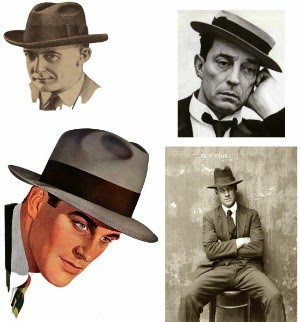





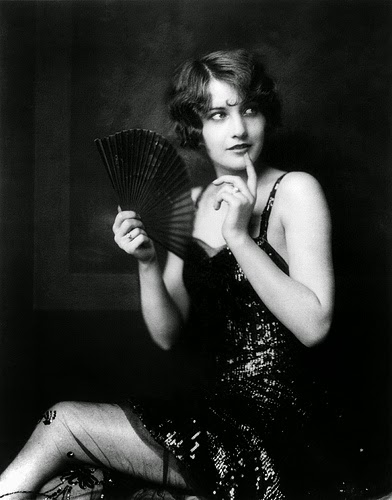


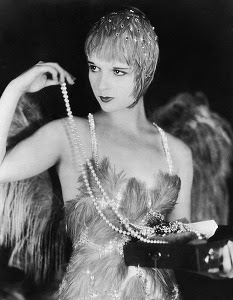






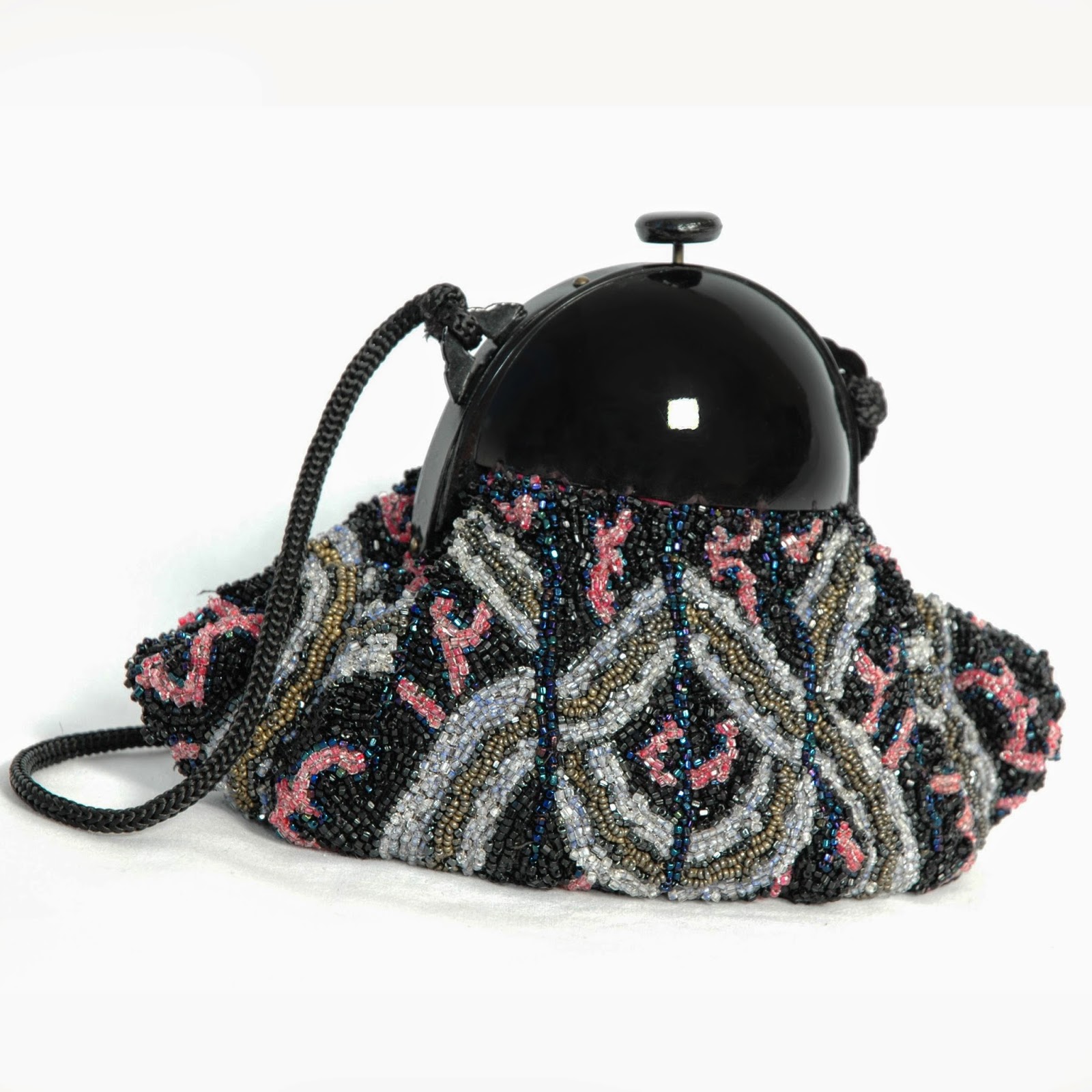








.jpg)
